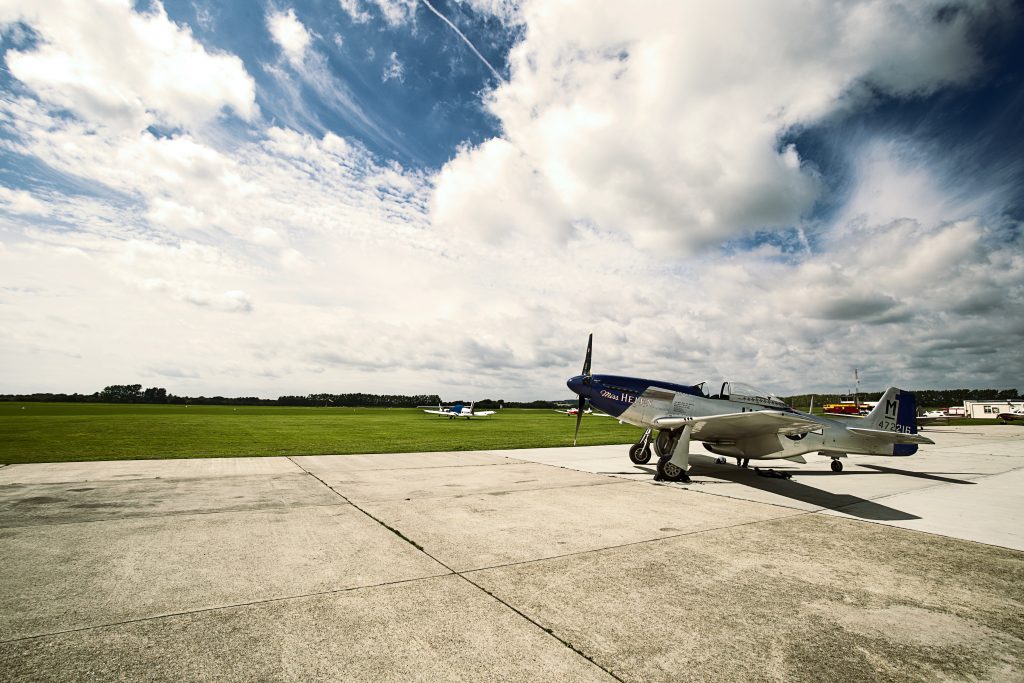
Hitting a rough patch of air can be scary not only for passengers but for a pilot as well. Mountains, other aircraft, and storms are the main causes of turbulence and thankfully, most turbulence can be detected ahead of time. This guide will teach you how to deal with a bumpy ride and how to smooth out the flying experience.
Different Types of Turbulence You May Encounter
Knowing about different types of turbulence will help you better prepare for it while flying.
Thermal Turbulence
This type of turbulence is the result of rising heat interacting with wind. The wind moves around the thermals which creates turbulent eddies. How intense the thermal turbulence depends on two factors: how hot the thermals are and the wind velocity. You’ll experience thermals while flying over urban areas and parking lots. Another good indication of thermal turbulence is large cumulus clouds that form during a thunderstorm. Using your weather radar will help you steer clear of thermal turbulence ahead by detecting the intensity and density of turbulent clouds ahead.
Wake Turbulence
When another aircraft passes you, you will likely encounter wake turbulence. This type of turbulence is caused by the disturbance another plane makes in the air since it is moving at high speeds. Wake turbulence can happen while taking off, climbing, and landing. Maintaining a safe distance between other aircraft is the best way to avoid this kind of turbulence. The rule of thumb is maintaining a distance of at least 1,000 feet, whether you are passing, following, or approaching another aircraft.
Mechanical Turbulence
This kind of turbulence occurs when wind is obstructed by objects like mountains or buildings. The wind flow becomes disturbed and turns into irregular wind patterns and eddies. Knowing what kind of terrain you’ll be flying over ahead of time will better prepare you for mechanical turbulence.
Clear Air Turbulence
Experiencing clear air turbulence (CAT) can be one of the scariest moments in a pilot’s career. This is because CAT usually occurs in cloudless regions at high altitudes, thus being undetectable. CAT can cause the aircraft to buffet while in flight and injure passengers if severe enough. Although this kind of turbulence is difficult to detect ahead of time, there are many safety measures you should take. Before taking flight, make sure to study the forecast wind shear, jet stream areas, and take note of any sudden change in temperature. All of these factors can lead to CAT.
Other Tips on How to Deal With Turbulence
Although turbulence can be abrupt and scary, it doesn’t mean you should avoid taking flight if there is a slight breeze in the air. Being mindful of the weather and your route ahead will help you to smooth out your ride. Here are some other tips on how to deal with turbulence:
- Maintain control of the aircraft: Don’t accelerate or try to fight past the bumps. Maintain control while flying through turbulence and remain calm.
- Keep an eye on the haze layer: Make sure to fly above the haze layer for a smooth ride. Clouds that make up the haze layer are what cause bumps while flying.
- Consider flying at a different time of day: The air is typically more stable in the morning compared to the afternoon or night. Thermals haven’t built up yet and winds are usually not as strong early in the morning.
- Strap in: Always make sure that you and all other passengers are securely strapped in. This will help prevent injuries if you encounter turbulence.
Let The Turbulence Run its Course
Planning ahead before your flight and keeping an eye on your weather radar is always a good idea to help avoid turbulence. However, it’s sometimes unpredictable and can’t always be planned for. Let the turbulence run its course so you can get back to a smooth ride!
Talk to your instructor about handling turbulence if you have any concerns. We have many training techniques to build your skills and confidence.
